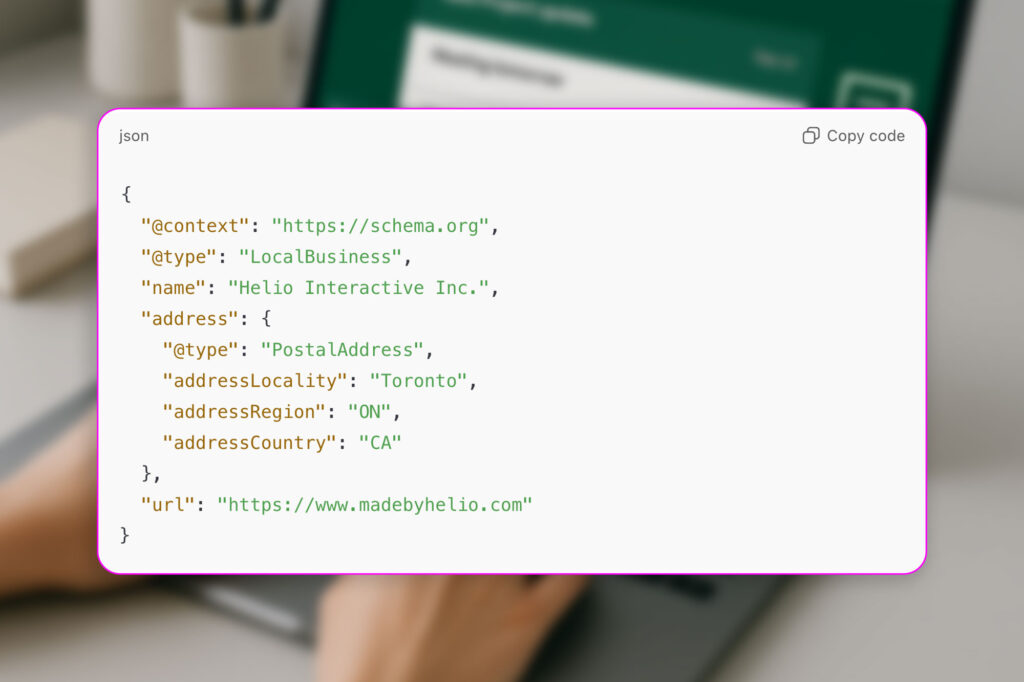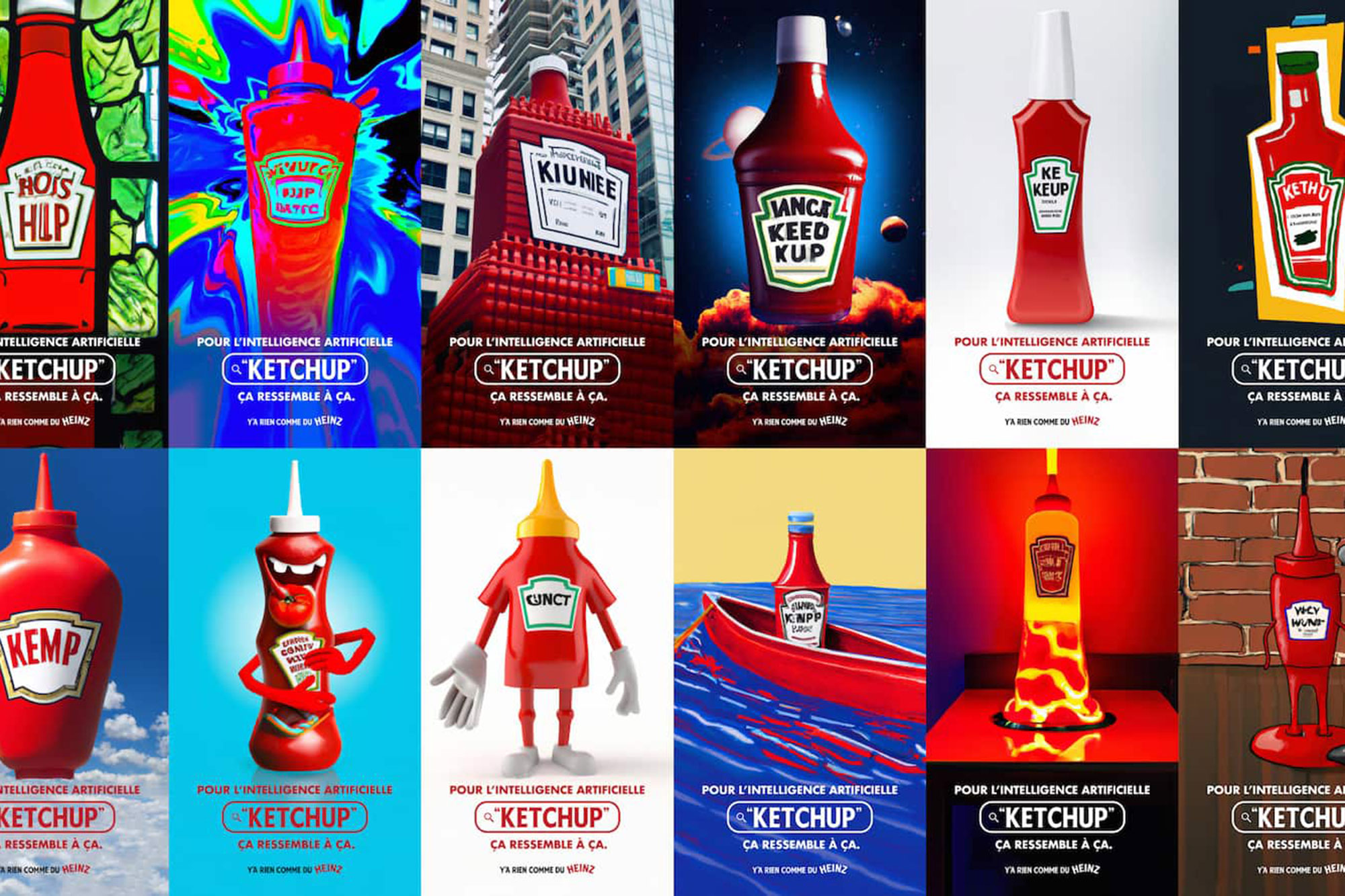Search engines, language models, and AI agents are constantly “reading” your site to understand who you are, what you offer, and whether your content is worth recommending.
But how exactly does AI read your website? And why are designers now talking about GEO — Generative Engine Optimization — as the next frontier after SEO?
From SEO to GEO: The New Way AI Understands Content

For years, SEO (Search Engine Optimization) focused on helping your site rank higher in Google. You’d use keywords, meta tags, and backlinks to signal relevance.
But AI models like ChatGPT, Perplexity, and Gemini don’t just rank links, they generate answers. Instead of reading your site like a list of pages, they extract structured data to understand meaning, relationships, and context.
That’s where GEO (Generative Engine Optimization) comes in, the art of designing and structuring your content so AI can interpret it correctly and feature it in generated results.
How AI Actually “Reads” Your Website
When an AI model or crawler visits your site, it doesn’t see your color palette or typography first. It looks for signals of structure and clarity, such as:
- HTML hierarchy: Proper use of headings (
<h1>,<h2>,<p>) helps AI know what’s important. - Schema markup / JSON-LD: This is like your site’s metadata “dictionary.” It tells AI, this is a product, this is a review, this is our organization’s contact info.
- Alt text and semantic tags: These give context to images and interactive elements.
- Content clarity: AI understands patterns, so concise copy and consistent structure help models interpret your message.
- Internal linking: Helps AI understand how topics on your site relate to each other — similar to how the human brain connects ideas.
In short, if your site has clean code, clear hierarchy, and structured data, AI sees you as a source of truth.
Why JSON-LD Is the Language of AI
One of the most important tools for GEO is JSON-LD (JavaScript Object Notation for Linked Data) — a format that helps AI identify and connect entities (like people, places, and organizations).
For example, adding schema markup for your business could look like this:

Now AI knows exactly where Helio is, what it does, and how to connect that to related searches like “creative agency near me” or “AI-driven website design Toronto.” To a human, that’s just code. But to AI, it’s context, proof that your brand is credible and connected across platforms.
Designers Have a Role in GEO
As a designer, you’re shaping how both humans and AI perceive a brand. Clean layouts, consistent structure, and accessible design don’t just make sites more usable, they make them more machine-readable.
When visual and technical design work together, your website becomes a source AI trusts, not just a place it scrapes.
Final Thought
In the GEO era, design and data aren’t separate worlds — they’re part of the same story.
If SEO was about being found, GEO is about being understood.
And for brands that want to stay visible in the age of AI search, clarity and structure will be your strongest design assets.
Contact us to start optimizing your site for the generative web.








